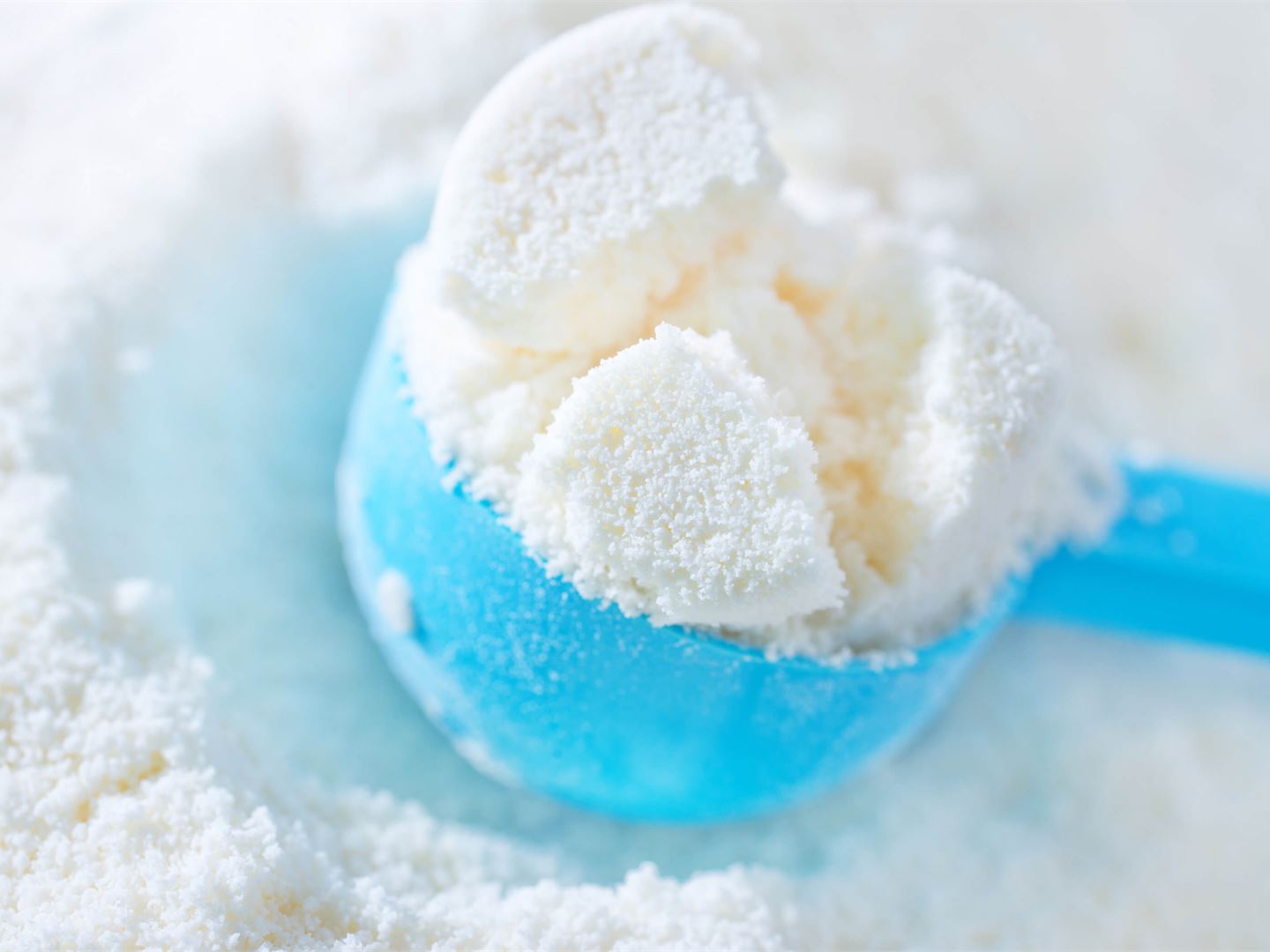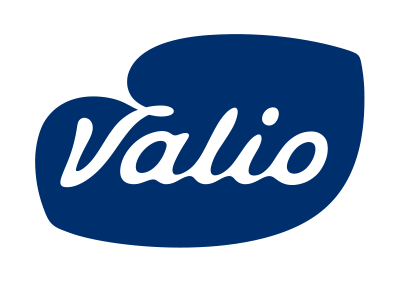What makes cow milk fat the optimal source of fat in infant formulas?

Mimicking breast milk fat is much more than just a similar fatty acid composition. The molecular structure of lipids has significant effects on their nutritional properties and health effects. Cow milk fat has many natural similarities with human milk fat both in composition and structure.
To me, human milk is the greatest mystery of nature and the most fascinating food. Breast milk is the best food for babies*. In recent years, there has been a lot of discussion on the fats used in infant formulas, as research has increased our knowledge about specific fat compounds in breast milk and of their significance for infant health and development.
Fat is an important element in infant formulas. It is second in abundance and provides about a half of the energy content of formula. Many formulas contain only vegetable oils as the source of fats, whereas others are milk fat based. The aim in formula production is to simulate the golden standard, the breast milk fat.
Factors that bring cow milk fat closer to the golden standard compared to vegetable fat:
1. Complex fatty acid profile
The complexity of breast milk comes from the large variety of fatty acids present and the specific distribution of the fatty acids in the fat molecules.
Both human milk fat and cow milk fat have a highly complex fatty acid profile. Both contain over 200 different fatty acids, and not only the common ones but the uncommon ones. In vegetable oils, the fatty acid composition is much simpler.
2. High content of medium chain fatty acids
Medium chain fatty acids are fatty acids where the carbon chain is between 6 and 12 carbons. Human milk fat and cow milk fat have a high content of medium chain fatty acids, whereas in vegetable oils these fatty acids are commonly missing. Some exceptions are coconut oil and palm kernel oil where the content of medium chain fatty acids is high.
The fat digestion in infants is different to the fat digestion in adults, as the pancreatic lipase is not fully developed yet. Fats rich in medium chain fatty acids are digested faster by infants than long chain fatty acids. After digestion, medium chain fatty acids are also absorbed faster. Within the cells where energy is needed, the medium chain fatty acids are oxidized faster than long chain fatty acids.
“Medium chain fatty acids are a faster and more efficient source of energy for infants than long chain fatty acids.”



Milk fat and vegetable fat in infant nutrition
Professor and top scientist Dr. Baoru Yang and nutrition research manager Dr. Anu Turpeinen share their latest research findings on infant nutrition and milk fat.
Webinar highlights:
- GOLDEN STANDARD: Optimal fat composition in infant milk formula is more than a fatty acid composition similar to breastmilk.
- COMPLEX FATS: In infancy, complex fats are essential for gut maturation and development of immune and cognitive functions.
- COMPOSITION OF DAIRY FAT: Dairy fat has many similarities to the fat composition and structure of breastmilk.
- EFFECTS OF MFGM: The milk fat globule membrane (MFGM) is a treasure chest of bioactive lipids and proteins.
Get started with Valio infant nutrition
Contact Sari Vahla for your free consultation to discover how our solutions can help grow your infant nutrition business.






